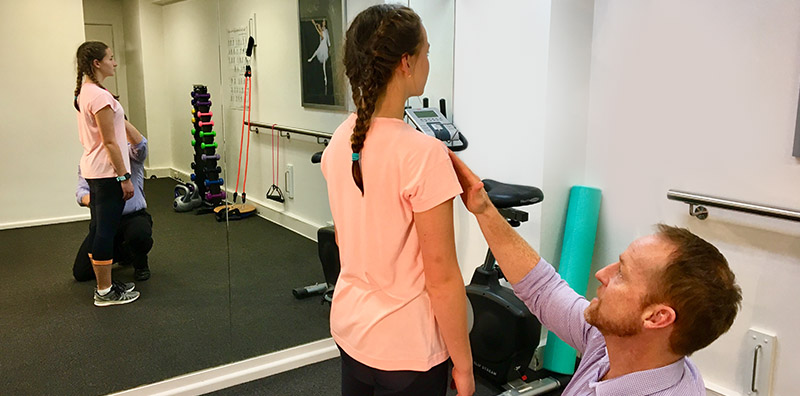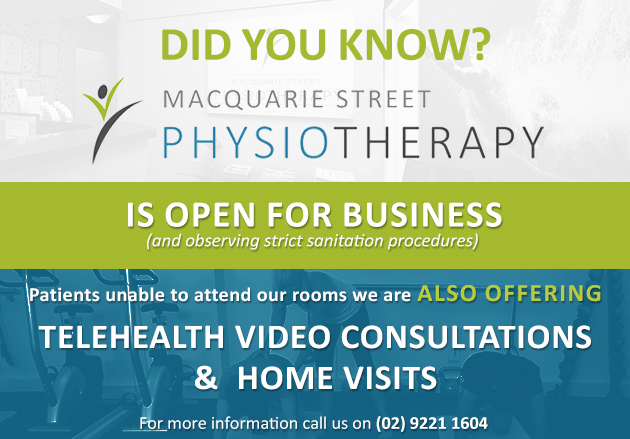Improve Posture – Professional Physiotherapist
Improve posture, why is it needed? Because many neck, back, shoulder and even hip problems relate to posture. And (no surprises here!) headaches often have a postural element. Even the chances of getting RSI and elbow pain are greater if sitting posture is poor.
Sometimes without good instruction, people try to over-correct posture. They end up flipping back and forth from slouchy to overly upright/edge of the chair position. Neither is ideal, and can cause muscle fatigue, disc problems and pain.

THE THREE CURVES OF THE SPINE
Our spine is designed to have three gentle curves, possibly to give shock absorption when we are upright and on the move. The neck and the lower back should have a gentle “sway” inwards, and the upper back a curve outwards.
If these curves are smooth and not over-emphasized, the discs, the joints and the ligaments of the spine are all in their best alignment, and should not cause pain. Poor posture usually ends up altering this ideal situation. For example, someone whose lower back slouches while sitting creates a “C” curve instead of an “S” all the way up to the neck.
Chances are, the neck curve will then be emphasized in order to look ahead. Not a good position for the whole spine! Someone who slouches the top half of the body and looks down at (a common example) their phone, creates a “C” curve at the upper back and neck. This places significant strain on the neck in particular.
WHAT PART DOES THE CORE PLAY?
Core stability is fundamental for maintaining good posture and protecting the spine. It is the foundation for all other exercise and movement. Good spinal alignment (posture) facilitates good core muscle activation and vice versa.
If you are struggling to maintain upright static posture, there’s a good chance your core could do with some attention!
WHAT APPROACH WILL MY PHYSIOTHERAPIST TAKE?
Generally humans are designed to be on the move, and so your physio will likely encourage you to change positions regularly whether you sit or stand for work. Other recommendations include maintaining symmetry and practising standing/sitting without support.
These two strategies encourage automatic core activation. If you always “hang” on one hip whilst standing, or always require back support whilst sitting, your postural muscles are unlikely to strengthen.
ON THE MOVE
Posture is not only about how you maintain static positions. When you are on the move, your posture is also challenged. For example, what is your back doing while you are wrestling your toddler into their car seat? What is your breastbone doing when you are running? What is your chin doing when you are presenting in a meeting?
IMPROVE POSTURE TO HELP YOUR CORE
At Macquarie Street Physiotherapy, we may photograph you so that you can see your three spinal curves in profile. Then we will work on a check list for correcting your posture, so that you can review/correct yourself on the bus, or while standing in a queue.
It might be that stretches or core exercises need to be started to help you improve posture and maintain it. We can help you on the road to looking taller and younger, while being more comfortable sitting and standing.
If you live or work near the Sydney City CBD, contact us for a physiotherapy appointment on 02 9221 1604. Or check out our ergonomics video for further posture tips.








